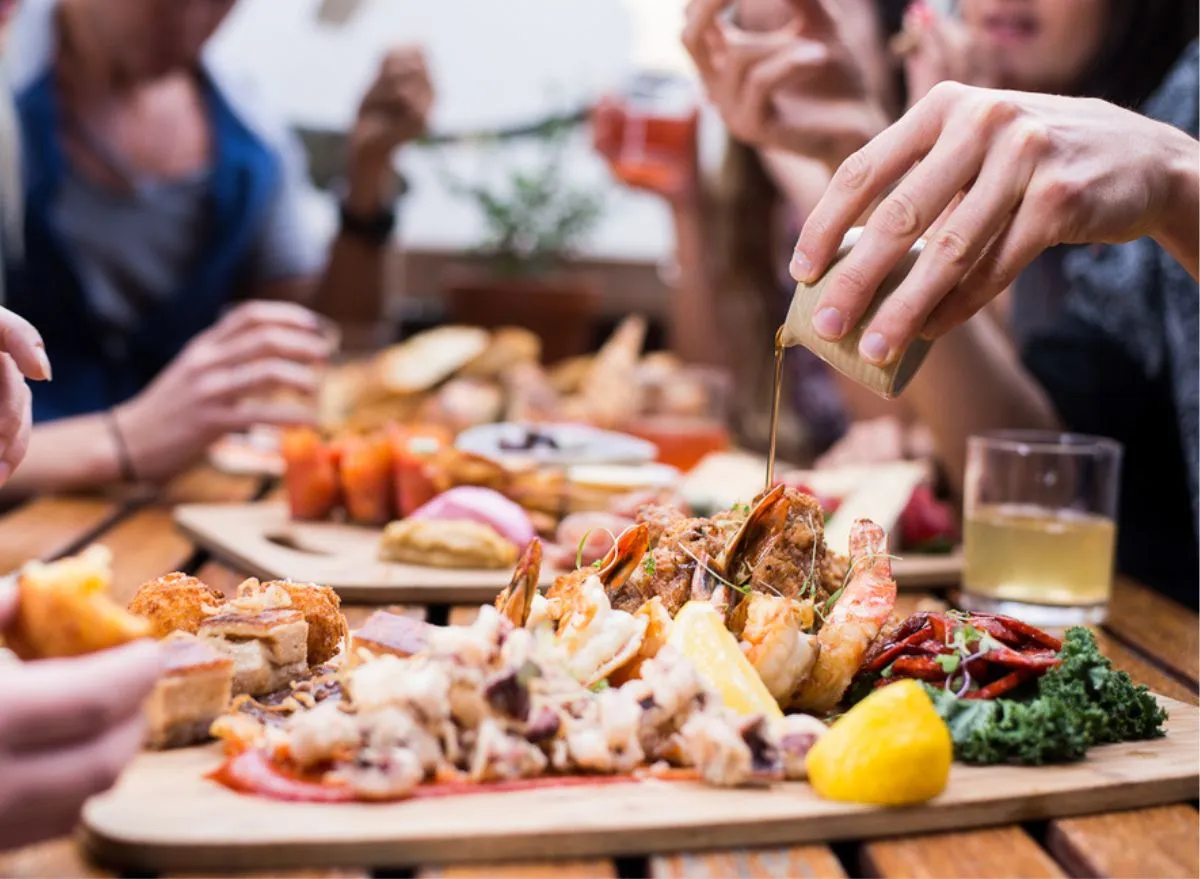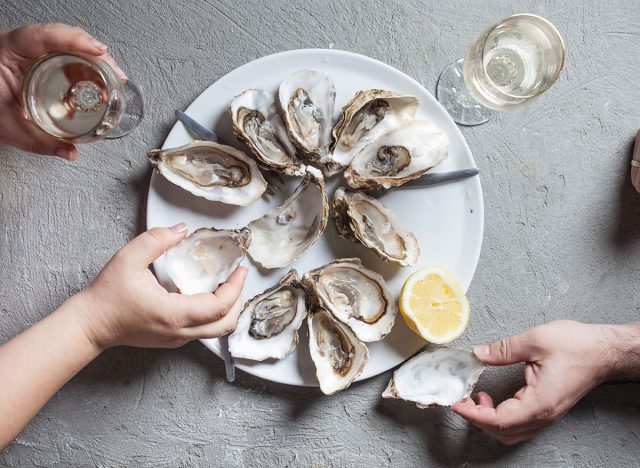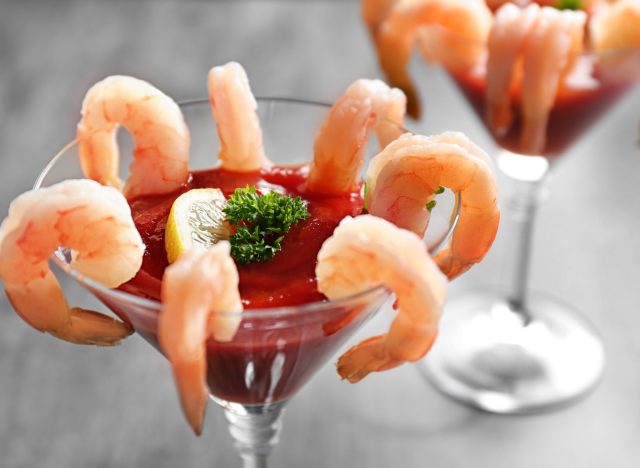
When dining out, an appetizer is the first impression that sets the pace for the rest of the meal. Naturally, it pays to be discerning about which dishes you order, lest your subsequent dinner be derailed by a Cactus Blossom. Just as there are items to avoid at buffets, pizzerias, and Indian restaurants, there are dishes to skip from the appetizer section at most restaurants.
In the wide pantheon of starter plates, not everything is as worthwhile as a steakhouse salad or tartare. But even though some chefs decry the humble mozzarella sticks at Italian restaurants, you can’t deny the fact that there are some darn good mozzarella sticks out there.
On the opposite end of the spectrum, some appetizers can be downright bad. Whether it’s a seasonal no-no, something inauthentic, or a dish you could easily just make at home and do a better job, these are the first impressions sure to leave a bad taste. And according to chefs across the country, the ones to never order are those that are unseasonal or insincere.
As the chef of a rigorously seasonal restaurant like Chicago’s Longman & Eagle, Brian Motyka is particularly peeved by out-of-season produce. “The number one appetizer to never order for me personally is any type of vegetable-focused dish that is out of season,” he says. “When I see that classic Caprese salad in the middle of winter, I avoid that at all costs, as well as when I see an asparagus in hollandaise in the summertime.”
After all, why order a Caprese salad in autumn when you can order something like Motyka’s delicata squash with goat cheese and salsa macha, or apples and endive with apple butter vinaigrette and manchego? “Produce will always taste best when it’s local and seasonal.”

Other items whose flavor and integrity rely heavily on freshness are raw oysters and shrimp. And considering how many illnesses these items have caused, that is advice worth heeding. Which is why many a chef suggests skipping them entirely as appetizers.
“If you can’t see the ocean or it’s not a restaurant that specializes in fresh seafood, I’d avoid these items as there are other great offerings on the menu and your stomach will thank me,” says Grant Morgan, executive chef of 97 West Kitchen & Bar inside Fort Worth’s Hotel Drover.
Eric Duchene agrees. The executive chef of the JW Marriott Scottsdale Camelback Inn Resort & Spa suggests avoiding pre-shucked oysters. “These oysters are often sitting in a cool environment for a while. You can tell they are not shucked fresh when you squeeze the lemon on them and they do not move. Pre-shucked oysters can be bitter and gross.”
And to be specific, Saura Kline recommends keeping an eye out for oyster red flags. “Never order oysters if they’re on a $1 Monday promo,” says the pastry chef of Local Jones at Denver’s Halcyon hotel. “Seafood companies are closed over the weekend, so this is a restaurant trying to get rid of their already old fish.”

Shrimp cocktail is another seafood appetizer that gets a hard pass from chefs.
“When I am dining out and the time comes to choose an appetizer, I will always pass on ordering the classic shrimp cocktail,” says Paul Chadwick, sous chef at Shula’s at the Sheraton Grand Chicago Riverwalk.
His reasoning? “It is just one of those dishes that are extremely easy to make at home and at a fraction of the cost.” Instead, he suggests ordering shrimp appetizers that are more complicated and original. “We offer an amazing shrimp appetizer served in a New Orleans-style creamy barbecue sauce. The shrimp are always cooked to perfection and served with a side of crispy garlic crostini.”
Even as an avid seafood-lover, Yulissa Acosta echoes those shrimp cocktail sentiments. According to the chef de cuisine of Hearth ’61 at Mountain Shadows resort in Paradise Valley, Ariz., seafood is the go-to starter, “since it tends to be lighter.”
But the chef never goes for a shrimp cocktail when dining out. “That’s a dish I usually find to lack flavor, and the texture of the shrimp often ends up being too rubbery.” At the end of the day, it’s about the basics. Or in this case, too basic. “A traditional cocktail sauce is usually paired with it, which is just horseradish and ketchup. There’s always an opportunity to go a little further with it by adding herbs, garlic, or even Worcestershire sauce, but often you see the same basic version.”
Similar to the overly simple shrimp cocktail, which is all too easy to replicate at home, charcuterie is another appetizer that falls into the “avoid” category. “The trendy charcuterie board is almost always overpriced and can contain mostly product that you can find already prepared at your local grocery store,” says Brian Hatfield, chef of Surveyor inside the Thompson Washington D.C. “Unless it is a specialty establishment that you know handles their own production in-house, this popular starter may be causing you to miss out on something much more special.”
Then there’s also the matter of authenticity. Oscar Cabezas, executive chef of Bay Area-based Teleferic Barcelona, advises to keep it authentic with your warm-up dish. “I like to order appetizers that are centered around the cuisine of the restaurant. As a Spanish chef, for instance, I would skip over croquetas at an American steakhouse. Chefs are passionate about their work, and you always want to order a dish that they wholeheartedly believe in.”
Matt Kirouac



